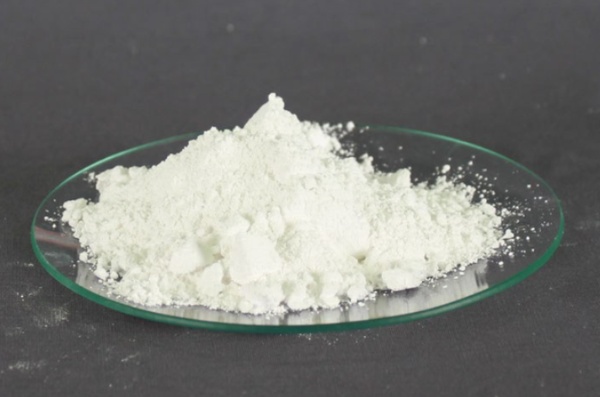The Great Unveiling of Titanium Dioxide: The "White Guardian" Behind Sunscreen and Beauty Products
Titanium dioxide (TiO2), commonly known as "titanium white," is actually a white solid or powder form of an amphoteric oxide. It is renowned for its excellent opacity, superior whiteness, and brilliant luster. Not only is it odorless and non-toxic, but it also has the characteristics of being non-flammable and insoluble in water, hydrochloric acid, and various organic solvents. These unique physicochemical properties make titanium dioxide shine in many fields, especially in the cosmetics industry, where its applications are particularly broad and deep. From serving as a physical sunscreen to protect the skin from ultraviolet damage, to acting as a concealing component for a more flawless base makeup, and even as an oil-absorbing ingredient to keep powdered products fresh, titanium dioxide plays an irreplaceable role. In addition, it can also serve as a coloring agent, adding rich colors to products.

In nature, titanium dioxide coexists in three crystalline forms: anatase, rutile, and brookite. However, due to its limited natural occurrence and restricted applications, brookite is not commonly used, making anatase and rutile the main types in practical applications. Although both are octahedral structures of titanium dioxide, they exhibit completely different physical properties due to variations in the deformation and arrangement of the octahedra. According to information from the masterbatch industry network, rutile tends to approach a tetragonal crystal system to some extent, while anatase undergoes more significant deformation with lower symmetry than the tetragonal crystal system. This structural difference directly leads to differences in mass density and electronic band structure between the two, making rutile more stable and dense. Anatase, on the other hand, shows higher reflectivity in the short-wavelength part of visible light but has relatively weaker ultraviolet absorption capability. Under specific conditions, such as when the temperature reaches 500°C, anatase can transform into rutile.
Nanotitanium dioxide, as a special form of titanium dioxide, maximizes ultraviolet protection performance. It can not only absorb ultraviolet rays but also effectively reflect and scatter them, while maintaining high transmittance of visible light, thus being hailed as an outstanding physical barrier type ultraviolet protective agent with broad prospects. The particle size of nanotitanium dioxide is much smaller than the wavelength of visible light, which makes its scattering effect on visible light weak, thereby ensuring the high transparency of the product. Its strong scattering and absorption effects on ultraviolet rays lay a solid foundation for its sun protection performance. In addition, nanotitanium dioxide also has certain antibacterial capabilities, mainly due to its photocatalytic activity and the ability to kill bacteria and fungi. However, the application of nanotitanium dioxide in sunscreen products also faces many challenges, such as the formation of aggregates, high preparation costs, and environmental impacts. In the future, with the optimization of preparation processes, cost reduction, and in-depth research into environmental impacts, the application prospects of nanotitanium dioxide in sunscreen products will be even broader.
【Copyright and Disclaimer】The above information is collected and organized by PlastMatch. The copyright belongs to the original author. This article is reprinted for the purpose of providing more information, and it does not imply that PlastMatch endorses the views expressed in the article or guarantees its accuracy. If there are any errors in the source attribution or if your legitimate rights have been infringed, please contact us, and we will promptly correct or remove the content. If other media, websites, or individuals use the aforementioned content, they must clearly indicate the original source and origin of the work and assume legal responsibility on their own.
Most Popular
-

List Released! Mexico Announces 50% Tariff On 1,371 China Product Categories
-

EU Changes ELV Regulation Again: Recycled Plastic Content Dispute and Exclusion of Bio-Based Plastics
-

Nissan Cuts Production of New Leaf EV in Half Due to Battery Shortage
-

Clariant Unveils Cost-Cutting Plan Details, Plans to Shut Down Multiple Plants
-

Mexico officially imposes tariffs on 1,400 chinese products, with rates up to 50%






